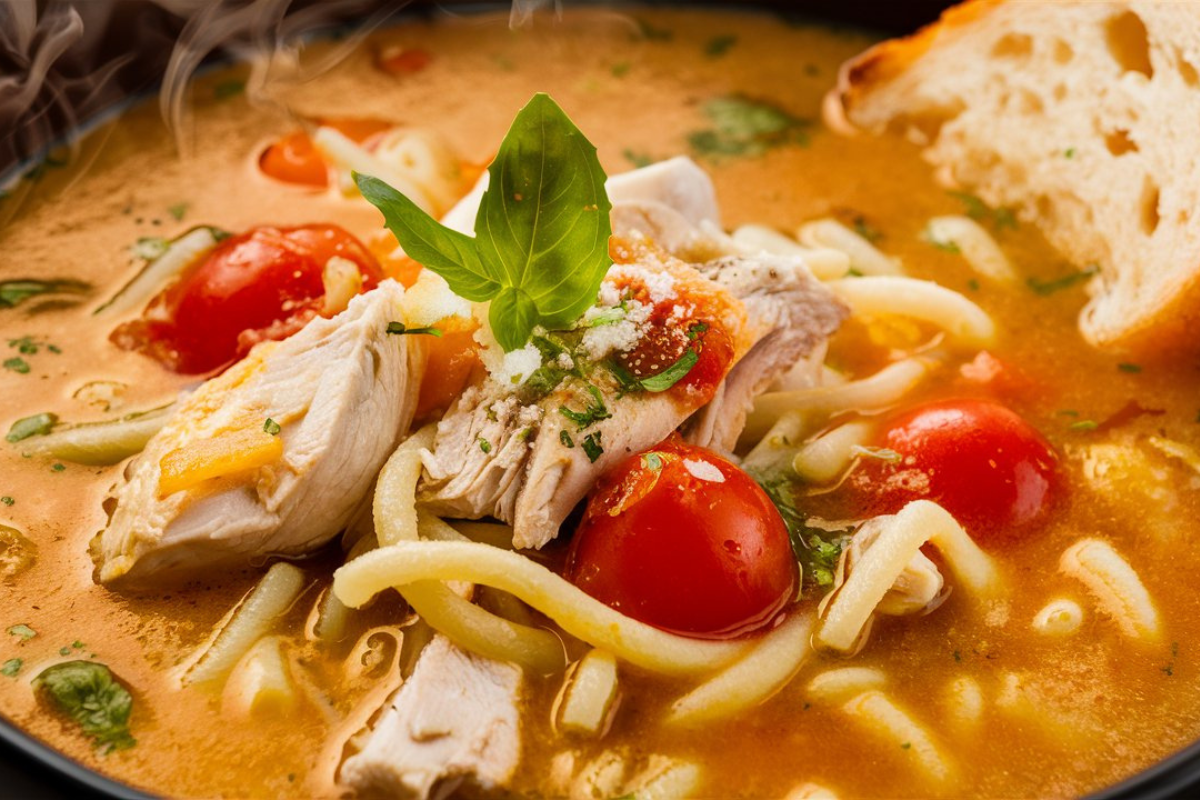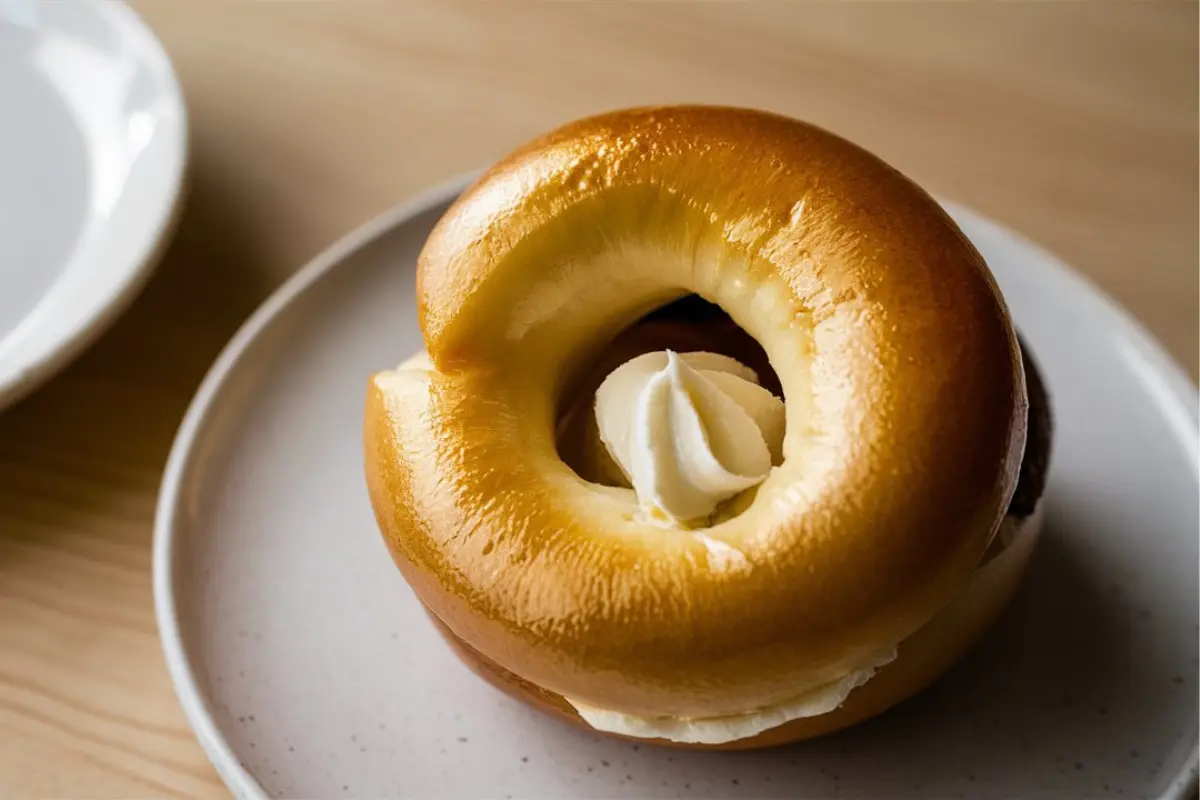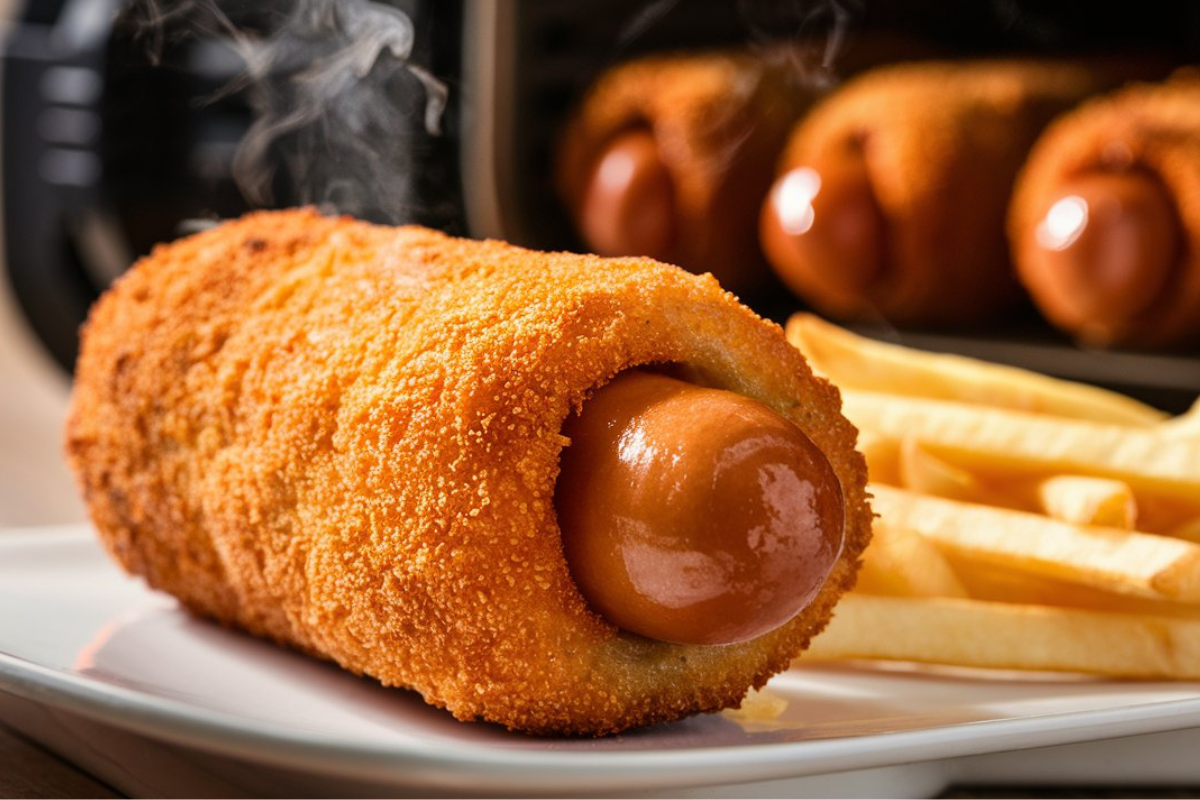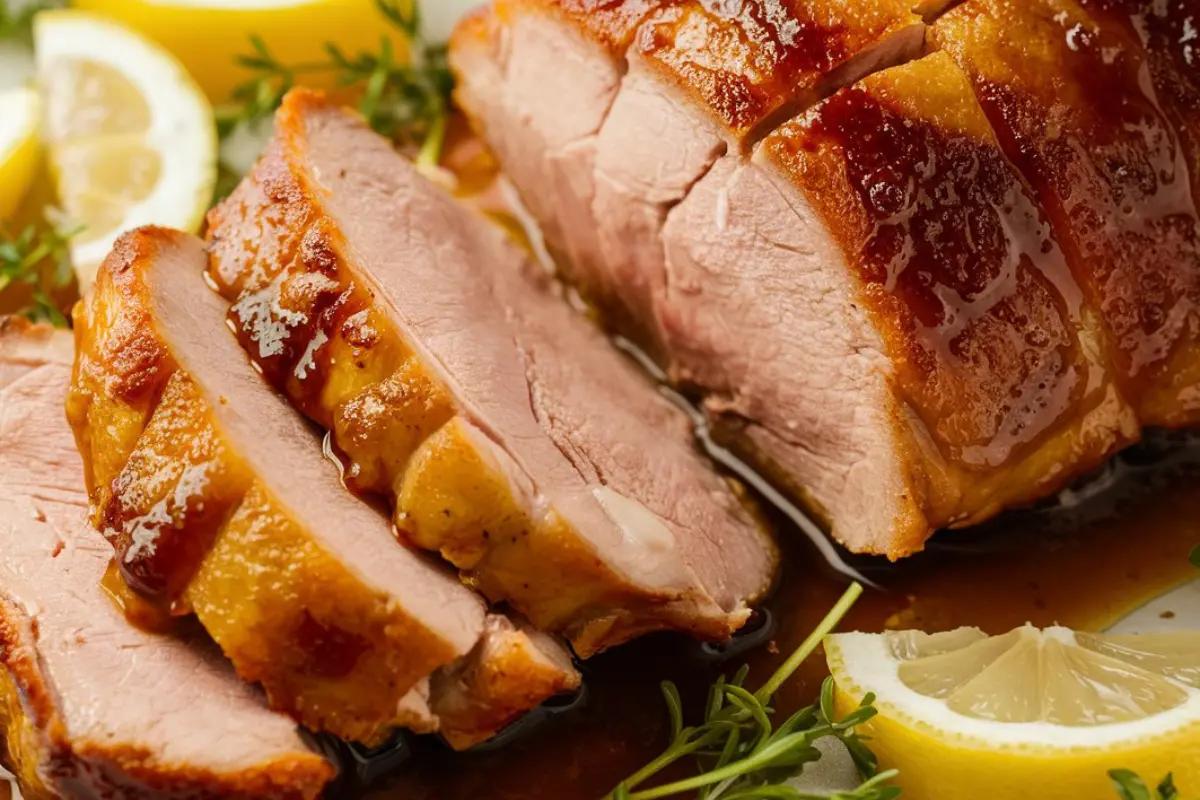Introduction to Butterscotch Chip Cookies
Indulge in the sweet, chewy delight of butterscotch chip cookies with our comprehensive guide. Whether you’re a seasoned baker or a novice in the kitchen, our easy-to-follow instructions will help you whip up the perfect batch of cookies. Packed with tips and tricks, this guide not only explores the unique flavor of butterscotch but also provides versatile recipe ideas and storage advice. Prepare to dazzle your loved ones with these captivating sweets.
Introduction to Butterscotch Chip Cookies
What Makes Butterscotch Chip Cookies So Irresistible?
There’s something incredibly enticing about butterscotch chip cookies. Perhaps, it’s the way the rich, caramel-like flavor of butterscotch melds perfectly with the soft, chewy texture of the cookies. Or maybe, it’s their golden-brown edges that crunch delightfully with every bite. Whatever the reason, one thing is certain: these cookies offer a unique taste experience that chocolate chip cookies just can’t match.
A Sweet Journey Through This Article
As we delve into the world of butterscotch chip cookies, we’ll explore everything from the key ingredients that make these cookies a standout treat to the step-by-step process of baking them to perfection. Plus, we’ll share some creative variations to customize your batches and tips on how to store them for lasting freshness. So, whether you’re baking for a special occasion or just a casual Sunday afternoon, this guide has got you covered. Let’s get started on this sweet adventure that promises to sprinkle a little joy into your baking repertoire!
The Unique Flavor of Butterscotch in Cookies
Exploring the History and Origin of Butterscotch
Butterscotch, a confection from the mid-19th century, originally comes from England. The name likely comes from ‘scotch,’ meaning to cut or score, as the candy was traditionally scored before hardening. This treat is made by simmering brown sugar and butter to a soft-crack stage, then cooling it to achieve its smooth, rich texture. Understanding its history helps us appreciate the butterscotch chips in our cookies. It connects past culinary practices to modern-day delights. For a deeper understanding, read about Butterscotch’s rich history and how it differs from caramel.
Why Butterscotch Pairs Well in Cookies
The allure of butterscotch in cookies cannot be overstated. Its rich, caramelized flavor provides a deep, molasses-like sweetness that complements the more subtle sweetness of cookie dough. When butterscotch chips melt during baking, they create pockets of gooey sweetness that enhance the overall texture of the cookies. Moreover, the slight saltiness of butterscotch balances the sweetness, adding a complex flavor profile that makes butterscotch chip cookies not only delicious but also uniquely satisfying.
This distinct taste is why butterscotch adds a special touch to recipes, setting them apart from other sweet treats. It’s not just a flavor; it’s an experience that transports taste buds to a world of sweet, buttery indulgence. Let’s carry this rich flavor into our next section, where we dive into the key ingredients that make these cookies truly exceptional.
Essential Ingredients for Butterscotch Chip Cookies
Butterscotch Chips – The Star Ingredient
The crowning glory of any butterscotch chip cookie recipe is undoubtedly the butterscotch chips themselves. These small morsels pack a powerful punch of sweet, buttery flavor that is both rich and nuanced. When baked, the chips melt slightly, creating irresistible, gooey pockets that enhance the overall texture and taste of the cookies. For the best results, opt for high-quality chips that promise a true butterscotch flavor, which is a blend of brown sugar and butter, rather than just a generic sweetness.
Supporting Ingredients and Their Roles
While butterscotch chips are the stars, several supporting ingredients play crucial roles in creating the perfect butterscotch chip cookie:
- Butter: The foundation of any good cookie, butter adds richness and depth. For butterscotch cookies, unsalted butter allows you to control the saltiness, complementing the sweetness of the butterscotch.
- Brown Sugar: This type of sugar is essential not just for its sweetness but also for its moisture content, which lends the cookies their characteristic chewiness. The molasses in the brown sugar pairs wonderfully with the complexity of the butterscotch.
- Flour: All-purpose flour works best for these cookies, providing the structure without making them too heavy.
- Eggs: They bind the ingredients together and add to the richness of the dough.
- Vanilla Extract: A splash of vanilla enhances the caramel notes of the butterscotch, rounding out the flavors beautifully.
- Baking Soda: This helps the cookies rise slightly during baking, ensuring they are soft and fluffy on the inside with a slight crisp on the edges.
Each ingredient is vital for achieving the perfect balance of flavor and texture in your butterscotch chip cookies. As we move on to the next part of our guide, keep these ingredients in mind—they’re the building blocks of the delicious treats we’re creating.
Step-by-Step Baking Perfect Butterscotch Chip Cookies
Preparation Steps
Creating butterscotch chip cookies is a delightful process that combines simple baking techniques with the rich flavors of butterscotch. Follow these steps to create your own batch:
- Preheat your oven to 350°F (175°C) and line your baking sheets with parchment paper to prevent sticking.
- Whisk the dry ingredients: In a medium bowl, combine 2 ⅓ cups of all-purpose flour, 1 teaspoon of baking soda, and ½ teaspoon of salt. This mixture will help ensure that all the ingredients are evenly distributed.
- Cream the butter and sugars: In a large mixing bowl, beat ¾ cup of unsalted butter (melted and cooled) with ¾ cup of packed light brown sugar and ½ cup of granulated sugar. Beat them until the mixture is light and fluffy, which will introduce air into your dough, making it light.
- Add eggs and vanilla: To the butter and sugar mixture, add one whole egg, one egg yolk, and 2 teaspoons of pure vanilla extract, beating until well combined. The eggs bind the mixture together and add moisture, while the vanilla enhances the flavor.
- Combine wet and dry ingredients: Gradually add the dry ingredients to the wet mixture, mixing just until combined. Over-mixing can lead to tough cookies, so be gentle during this step.
- Fold in the butterscotch chips: Stir in 1 ¼ cups of butterscotch chips, ensuring they’re evenly distributed throughout the dough.
Baking Tips for Perfect Cookies
- Chill the dough: Seal the bowl with cling film and let the dough chill in the fridge for a minimum of two hours. Chilling solidifies the fat in the cookies, which helps prevent them from spreading too much and creates a denser, more flavorful cookie.
- Scoop and bake: Use a cookie scoop to form dough balls, and place them 2 inches apart on the prepared baking sheets. This spacing allows enough room for the cookies to spread without touching each other.
- Bake for 10 to 12 minutes: Watch the cookies closely toward the end of baking. The edges should be a golden hue while the middle remains tender. This will ensure they have a chewy texture with slightly crispy edges.
- Cool on the baking sheet: Let the cookies cool on the sheet for a few minutes before transferring them to a wire rack to cool completely. This step helps them set without becoming too hard.
Following these steps will yield delicious, chewy butterscotch chip cookies that are perfect for any occasion. Whether you’re sharing them at a gathering or enjoying them with a cup of tea, these cookies are sure to impress. Next, we’ll explore some creative variations to keep your baking exciting.
While caramel and butterscotch chips are both sweet and similar in color, they differ significantly. Butterscotch chips combine brown sugar and butter for a rich, distinctly sweet-salty flavor. Caramel chips are made from sugar, milk, and butter, offering a creamier, softer taste. Each type contributes a unique flavor to baked goods, allowing bakers to tailor their recipes to desired tastes.
We aim to enhance your baking experience with these answers. They should help you perfect your butterscotch chip cookies. Whether adjusting recipes to your liking or solving baking problems, these tips will guide you to delicious outcomes.




